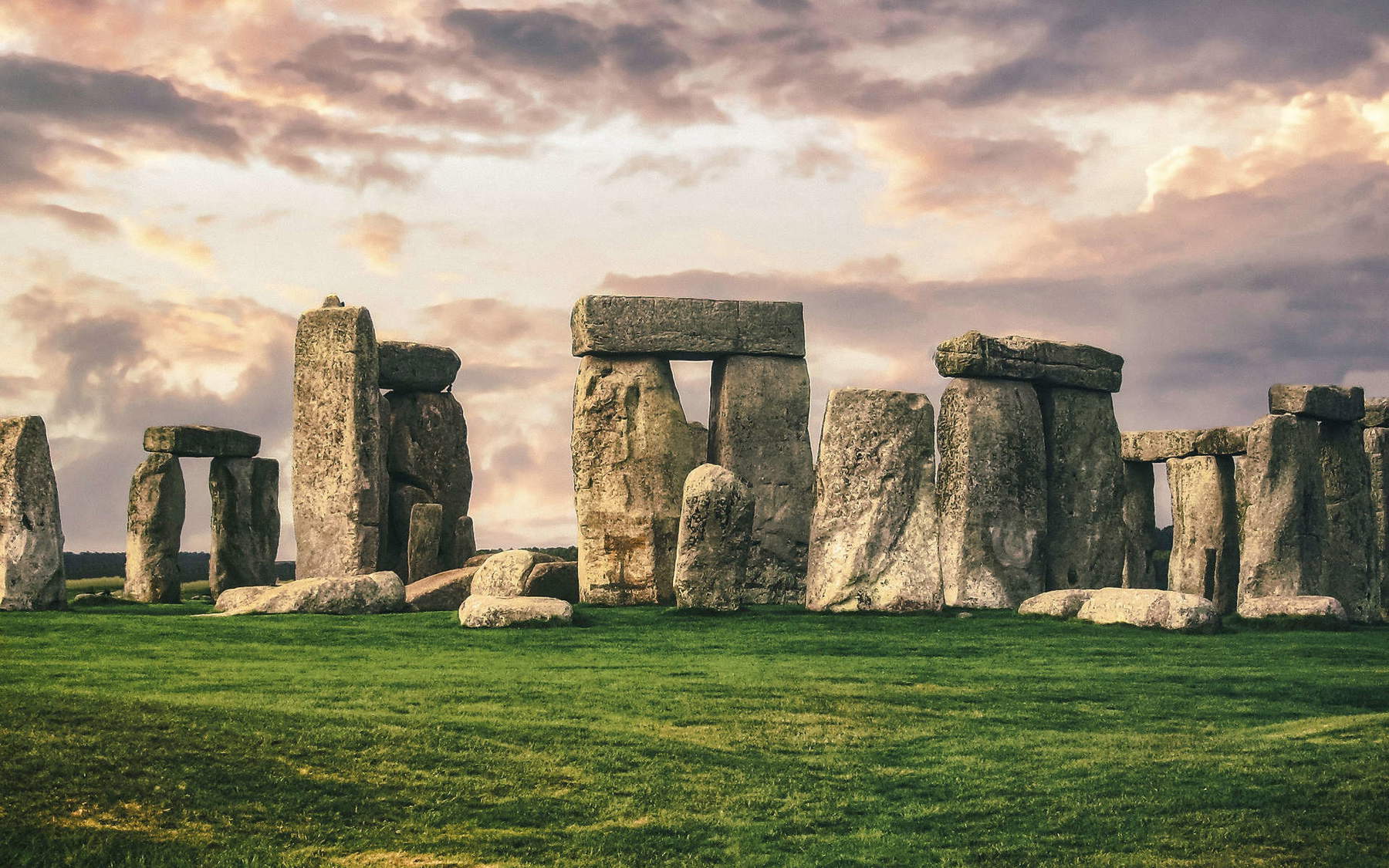The mystery of Stonehenge finally revealed? Here's what the most recent study says
There is news concerning Stonehenge, one of the most famous monuments of antiquity: recent archaeological discoveries have provided a new insight into the purpose of the world-famous stone circle located on the Salisbury Plain in England. In fact, a study conducted by University College London (UCL) and Aberystwyth University proposes that the site may have been intended as a symbol of unity for the people of ancient Britain, as well as a religious site.
The research, published in the journal Archaeology International, focused on theAltar Stone, a massive six-ton stone at the center of the monument. Geological analysis indicates that it came from northeastern Scotland, hundreds of miles from Stonehenge. This discovery adds to previous evidence on the origin of the other stones, suggesting that they all came from distant places, making the site unique compared to other stone circles in Britain.

Stones from every corner of the island
Stonehenge is composed of two main types of stones: bluestones, from West Wales, and sarsen stones, quarried closer to the site. The identification of the Altar Stone’s Scottish origin is another step in understanding the monument’s complex construction process, reinforcing the idea that the site was an ambitious project involving the whole of Britain. Indeed, this diversity of provenance makes Stonehenge unique among the more than 900 stone circles found in Britain.
According to Professor Mike Parker Pearson of UCL’s Institute of Archaeology, Stonehenge may have had a dual function: political and religious. “The fact that all its stones came from distant regions suggests that the circle of stones may have had a political as well as a religious purpose, a symbol of unification for the peoples of Britain,” Parker Pearson explains. The monument would have represented a meeting point to celebrate common bonds, both with ancestors and with the cosmos.
“We have known for a long time,” added Parker Pearson, “that people came from many different parts of Britain with their pigs and cattle to feast at Durrington Walls, and nearly half of the people buried at Stonehenge had lived somewhere other than Salisbury Plain. The similarities in architecture and material culture between the Stonehenge area and northern Scotland now make more sense. It helped us solve the puzzle of why these distant places had more in common than we might have thought in the past.”

An unprecedented collective endeavor
The construction of Stonehenge would thus have been an extraordinary undertaking, considering that the wheel was not yet in use in Britain at the time, although it had been invented. Transporting the stones, some weighing tens of tons, would have required the cooperation of hundreds, if not thousands, of people. This collective effort may have fostered bonds between different communities, consolidating a shared identity among peoples separated by hundreds of miles.
Stonehenge, moreover, has a precise astronomical orientation, with its stones aligned at the winter and summer solstices. The setting sun at the winter solstice aligns perfectly with the Altar Stone, suggesting a ceremonial use of the site. This reinforces the idea that Stonehenge was not only a political symbol, but also a place of religious and astronomical importance.

A symbol of unification?
The idea that Stonehenge was a symbol of unification offers a new perspective on the monument’s significance. In addition to its religious and astronomical function, the site represented a meeting point for the people of ancient Britain, promoting a sense of social cohesion and common identity. These discoveries not only shed new light on the past, but perhaps suggest that the desire to unite and celebrate what unites us is an inherent aspect of humanity and, indeed, has been since ancient times.
Then there is another circumstance to consider. Stonehenge was built in two phases: the second corresponds to a period of increasing contact between the people of Britain and arrivals from Europe, mainly from what are now the Netherlands and Germany. Researchers suggest that this period of contact may have been what stimulated this second phase of reconstruction, and the monument may have been a reaction to these newcomers. The newcomers brought with them knowledge of metalworking and the wheel, and over the next four hundred years, their descendants gradually replaced the indigenous British population, and people with this European ancestry became the dominant population throughout the island.
“It is really gratifying,” concludes the study’s co-author, Professor Richard Bevins of Aberystwyth University, “that our geological investigations can contribute to the archaeological research and history that is developing, since our knowledge has improved so significantly only in recent years. Our research is like forensic science. We are a small team of earth scientists, each bringing with them their own area of expertise; it is this combination of skills that has allowed us to identify the sources of the bluestones and now the Altar Stone.”
 |
| The mystery of Stonehenge finally revealed? Here's what the most recent study says |
Warning: the translation into English of the original Italian article was created using automatic tools. We undertake to review all articles, but we do not guarantee the total absence of inaccuracies in the translation due to the program. You can find the original by clicking on the ITA button. If you find any mistake,please contact us.





























